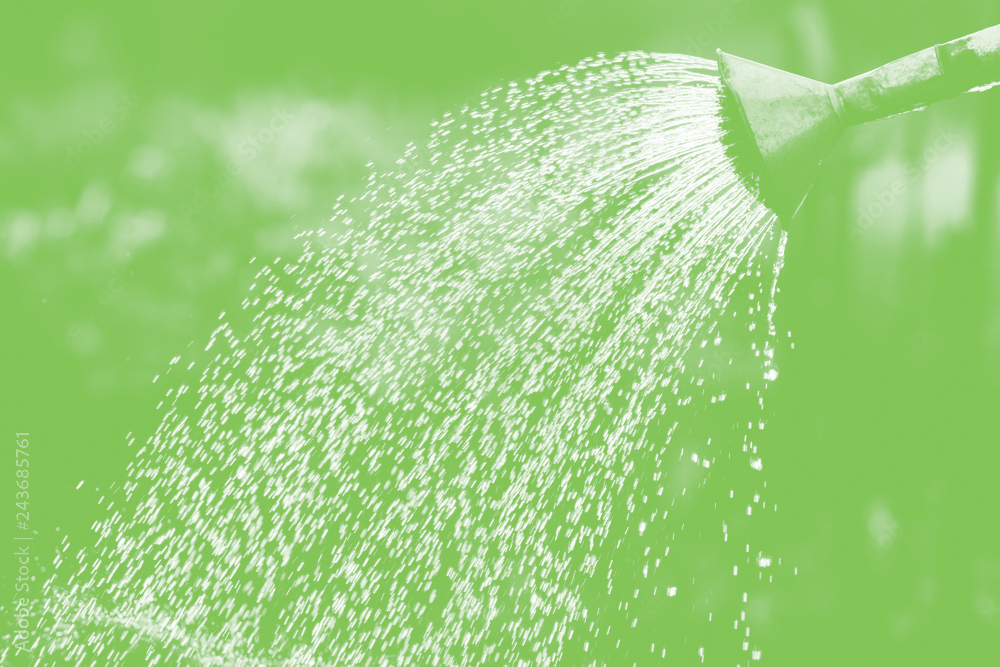
Fall Bulb Planting
Planting spring flowering bulbs is an easy way to add color to the early spring garden, but in order for them to flower in spring they must be planted in the fall.
What is a bulb?
A bulb is the resting stage/structure of a plant that is usually formed underground. Some common plants that come from a bulb are: Allium/onion, Tulip, Hyacinth, Crocus, and Narcissus/Daffodil.
When should you plant them?
Spring flowering bulbs can be planted anytime from early October through early December. They typically arrive to us by mid-September, so it’s best to shop early for the best selection and store them until you are ready to plant.
What types of bulbs should you plant?
At The Plant Kingdom, we carry a wide range of bulbs. It is important to note that some are annual and some are perennial.
Perennial bulbs are bulbs that are fully winter hardy and have the ability to grow (naturalize) and flower each year for many years, like Daffodils, Crocus, Alliums, and Hyacinths.
Annual bulbs come in two types. The first are bulbs that are not winter hardy such as paperwhites and amaryllis. These bulbs must be grown inside. The second group is bulbs that are not reliably hardy from year to year in our area, like most tulips. Unlike the first group, these bulbs are meant to be planted outside. When growing tulips as annuals one advantage is that you can plant the area above them with cool-season pansies. Pansies will provide additional color and impact to the garden throughout the fall, winter, and early spring months while you are awaiting the tulips.
If you have deer or rabbit problems in your yard, make sure to select deer-resistant bulbs or consistently use liquid or granular deer and rabbit repellents. Rotating liquid or granular repellents with different active ingredients will help you be most effective in keeping them away.
Where should you plant them?
Bulbs typically need to be planted in an area that has well-draining soil and full sun. Areas shaded once trees leaf out in spring are typically okay, but you do not want to plant them in the shade of evergreens. Sun during the winter and early spring months is needed for best foliar and flower development.
They are best planted in groups of 7 or more. Groups can be small (7 to 15 bulbs) or large (24+ bulbs). You should plant bulbs 3 to 6 inches apart depending on the size and type of bulb. Bulbs make the biggest impression or show when you plant all of one color or type in the same area. If you have limited space and/or want to extend your blooming time, mix bulbs with different boom timing/season within the same planting area.
When will they bloom?
Bloom times can differ with each type and variety of bulb, as well as your geographic area. In Louisville, KY these are our approximate bloom times...
Early season bulbs – Late Feb to Mid-March
Mid-season bulbs – Late March to Mid-April
Late season bulbs – Mid-April to Early May
Fluctuations in winter weather, common in our area, can cause bulbs to bloom earlier or later than anticipated. Once the flowers are open the air temperature can also affect how long they will be in bloom. Cooler air temperatures help the flowers last longer while warm or hot air temperature will cause the flowers to fade faster.
Now let’s plant! Here is our recommended step-by-step process…
Stop by The Plant Kingdom or visit our online store to select your bulbs early while the selection is at its best. When selecting bulbs, keep in mind color, bloom time, and space.
Prepare your planting area- remove weeds and cultivate the soil. Remember, bulbs thrive best in prepared areas with well-draining soil.
Apply a bulb appropriate fertilizer to the area per packaged directions. Using a bulb-appropriate fertilizer at planting is essential for good root development and bulb establishment. Bulbs should also be fertilized before new growth begins in spring or just as the new growth is emerging out of the ground. We highly suggest not fertilizing after the bulbs have emerged more than 3 inches out of the ground because fertilizer can get caught in the foliage, potentially damaging the developing flowers.
Plant each bulb 2-3 times deeper than the height of the bulb and rake the area smooth. Consider critter deterrents if necessary.
Add 2-3 inches of mulch over the area where the bulbs are planted, as with any landscaping.
Lastly, water the area if rain is not in the near future.
Pro tip: photograph your spring bulbs when in flower to record their location for adding new bulbs in the fall. It is easy to forget exactly where they are planted when they are dormant.
As a reward for your hard work, you will be able to enjoy the first signs of spring when your bulbs emerge from your garden.

